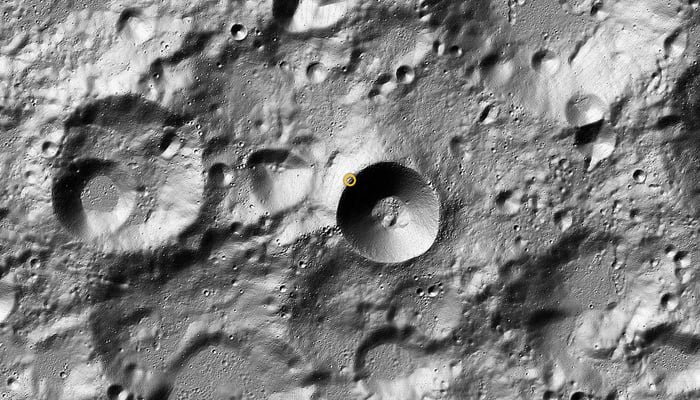Scientists ‘planning to grow food’ on the moon. Astronomers and scientists from Europe have developed a remarkable plan to grow crops and attempt to grow agricultural products and crops on the moon after successfully managing to grow beans, the primary source of nutrients for humans, with the help of lunar soil.
The data on the moon’s regolith, or soil, have been examined, and it has been discovered that while it contains essential minerals for plant growth, nitrogen is not present in it.
As water is poured on the moon, the soil also thickens, making it possible to block air penetration and promote root growth.
The European Space Agency (ESA) scientists have discovered a different way to accomplish their goal of the lunar plantation in the absence of nitrogen. In hydroponic farming, the use of soil is eliminated as plants grow inside nutrient-rich water.
In order to fulfill the promise to actually leave the planet, the experts at Norway’s Geotechnical Institute are working with the ESA scientists to advance lunar agriculture.
The team has decided on a plan to carry out every step required for hydroponic farming, including extracting all the nutrients and minerals from regolith and injecting them into the garden’s water. This plan has been finalized with the aid of mechanical characterization.
According to ESA materials and processes engineer, Malgorzata Holynska, this work lays the foundation for future space exploration.
Holynska opined that attaining a sustainable presence outside earth will involve using space’s resources and gaining access to nutrients present on the moon’s surface that can help plantations.
The current study reinforces evidence of using regolith minerals to grow plants — and further allowing the scientists and experts to carry out future research on the subject, Holynska added.
